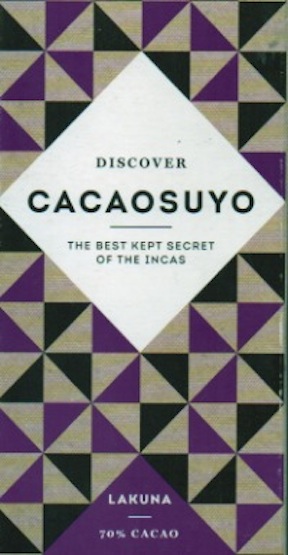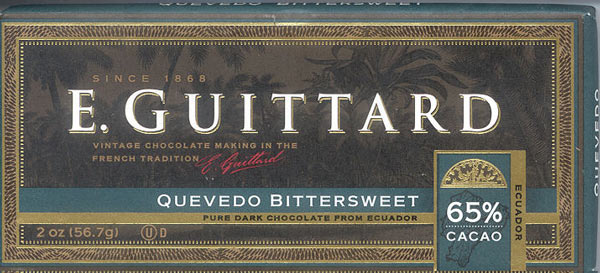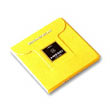Volatile esters + a manifold of factors contribute to this flavor package…
 …much of it correlated to the effect of fermentation & conching on acidity with respect to fruit sensations perceived in chocolate (see also Twang), such as high alcohol formed by yeasts in fermenting. During the roasting phase, freed aminos like leucine combine with residual sugars & other elements to create the fruited character of isovaleraldehyde.
…much of it correlated to the effect of fermentation & conching on acidity with respect to fruit sensations perceived in chocolate (see also Twang), such as high alcohol formed by yeasts in fermenting. During the roasting phase, freed aminos like leucine combine with residual sugars & other elements to create the fruited character of isovaleraldehyde.
Resinous terpenes, a family of natural hydrocarbons grouped into 5-unit clusters (the constituents of essential oils in many plants & perfumes), partially endow a chocolate with its floral scent, & intense sunlight is one of their best catalysts. Among them are subclass monoterpenes (C10) involved in aromatics that exude floral fragrances. Higher levels of a particular monoterpene – linalool synthase, 7 genes — belonging to an acyclic monoterpene alcohol clustered in cacáo’s Chromosome 6 Region & found in abundance in many flowers (lavender, bergamot, jasmine, & mandarin) occurs in fine-flavored variety Criollo & Nacional, both characterized by fruited florals. Yeasts interacting with cacáo beans during fermentation amplify its presence.
Also of note is soil-borne arbuscular mycorrhizal fungus (AMF), while another floral scent, phenylacetaldehyde, emerges during roasting.







